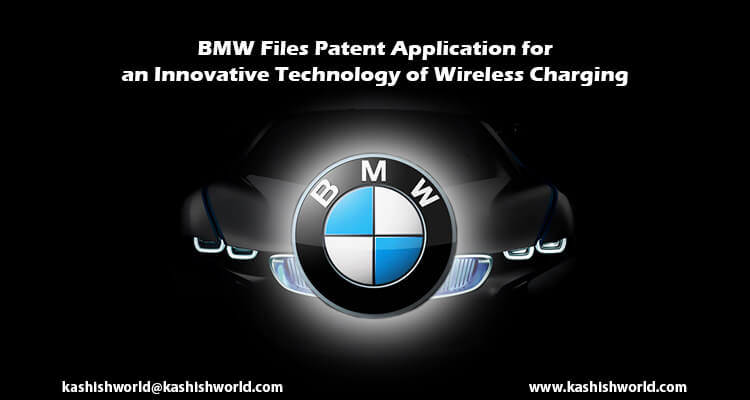
The German multinational automobile company, Bayerische Motoren Werke (BMW) AG, quite commonly referred to as BMW, has recently filed a Patent Application that shows a creative approach to wireless charging for electric motorcycles. The illustration submitted by BMW with the patent filing shows a motorcycle kickstand placed on a charging pad along with an AC coil plugged into the wall. There is a separate AC coil embedded in the tip of the kickstand that converts the electromagnetic current from the ground pad into electricity, which is further sent to the motorcycle battery via a cable. However, the patent filing does not contain any information concerning how quickly the system would be able to charge a battery.
For quite a while now, wireless charging has indeed become a widely-used and implemented feature in video game controllers, mobile devices, and electric toothbrushes. In the automobile industry, this technology continues to remain a challenge for electric vehicles, as most of them don’t have a conductive material that could come in direct contact with the charging pad.
In 2018, Momentum Dynamics, a company manufacturing electrical components and equipment, announced that it would provide wireless charging stations in Washington State for a small number of public buses. The technology would place large receiver pads with copper wire all around them inside the buses. The pads would receive an electric charge while resting in place over the electromagnetic field, which is created by an identical pad embedded in the pavement at the targeted bus stops. The company stated that with only five minutes of charging at a routine transfer station stop, the buses would get sufficient electricity to go for an additional route. However, the company didn’t share the exact charging speeds at that time.
Usually, the speed of wireless charging depends on the proximity between the two coils, that is, the speed increases if the two coils are placed closer to one another. Unlike cars, motorcycles have a unique advantage with their conductive kickstands as they can be much conveniently used to receive electric current from a closer distance than the receiver pads under the car floorboards.
In 2018, Kia Motors, the second-largest automobile manufacturer of South Korea, announced that it had designed a wireless charging station for its electric cars, but didn’t release it to the public ever.
Read More: Kia Motors Files Trademark Applications for New Logo in South Korea.
According to the industry watchers, one of the prime obstacles for wireless charging is that the convenience or ease of not having to plug the motorcycle or car into the wall isn’t worth the notable increase in the charging time. With a direct contact solution put forward by BMW through a conductive kickstand, it seems that the charging times could be significantly faster than all the previously implemented wireless charging solutions.
In 2016, BMW had shared its futuristic ideas with a concept of electric motorcycle known as the Motorrad Vision Next 100 featuring gyroscopic sensors, which would allow the motorcycle to remain at a certain level. In 2017, the German automobile maker had shared a similar experimental concept for an electric scooter capable of adjusting its seat height automatically for different riders.

